Posts
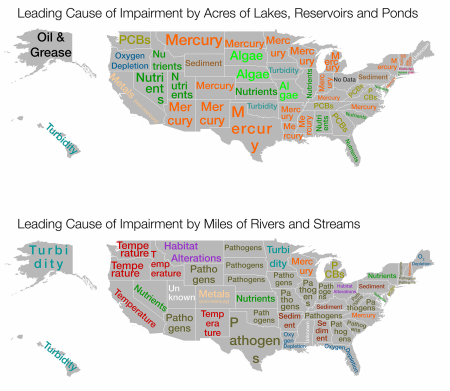
Infographic: U.S. Surface Water Pollution by State
1 Comment
/
More than half of the country's lakes and rivers are not meeting water quality standards.
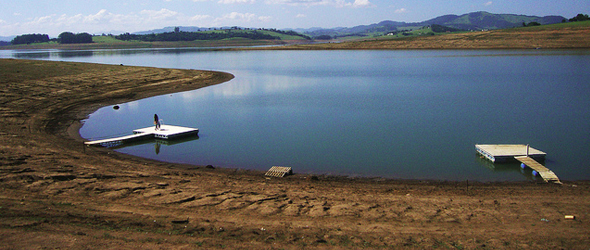
Sao Paulo’s Water Waiting Game Avoided Rationing But Produced Huge Risk of Severe Shortage
Desire to protect the poor left Brazil’s driest city few options…
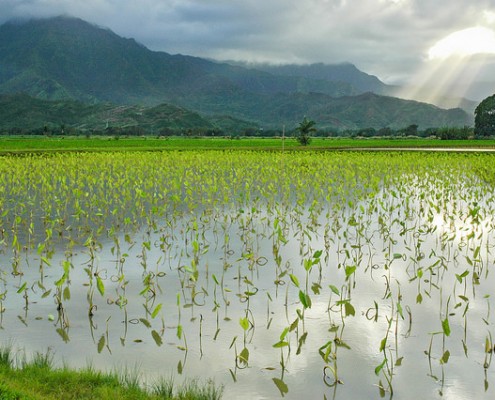
Hawaii River Restorations Reflect National Desire to Protect Water for Public Benefit
Using public trust doctrine, communities restore streams diverted…
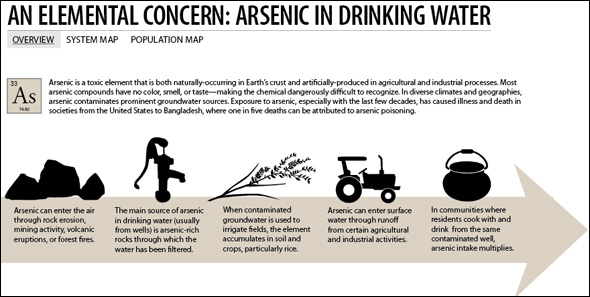
Infographic: An Elemental Concern—Arsenic in Drinking Water
Arsenic is both naturally occurring and artificially produced, and the toxin is very dangerous since it often has no color, taste, or smell. This graphic breaks down how arsenic gets into drinking water supplies and how arsenic affects the U.S. on the state level.
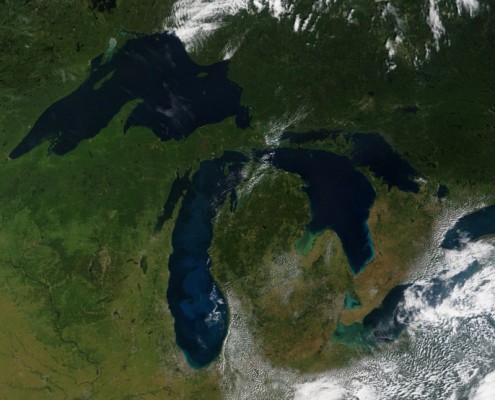
The Stream, April 7: America’s Abandoned Gas and Oil Wells
Foreign Affairs analyzes why food subsidies have prevented and…

Overdraft and Saltwater Intrusion Strain the Floridan Aquifer
Excessive withdrawals are forcing communities from South Carolina to Florida to look elsewhere for water.

Congress, Michigan Legislature Asked to Fix Leaks in Great Lakes Compact
It’s been more than a year since eight states agreed to prevent large-scale diversions from the Great Lakes, the most abundant source of clean freshwater on the planet. The passage of the Great Lakes-St. Lawrence River Basin Water Resources Compact, completed after ten years of campaigning by public interest organizations, legislative leaders, and governors of both parties, was meant to permanently secure the globally significant storehouse of water contained in the Great Lakes.

